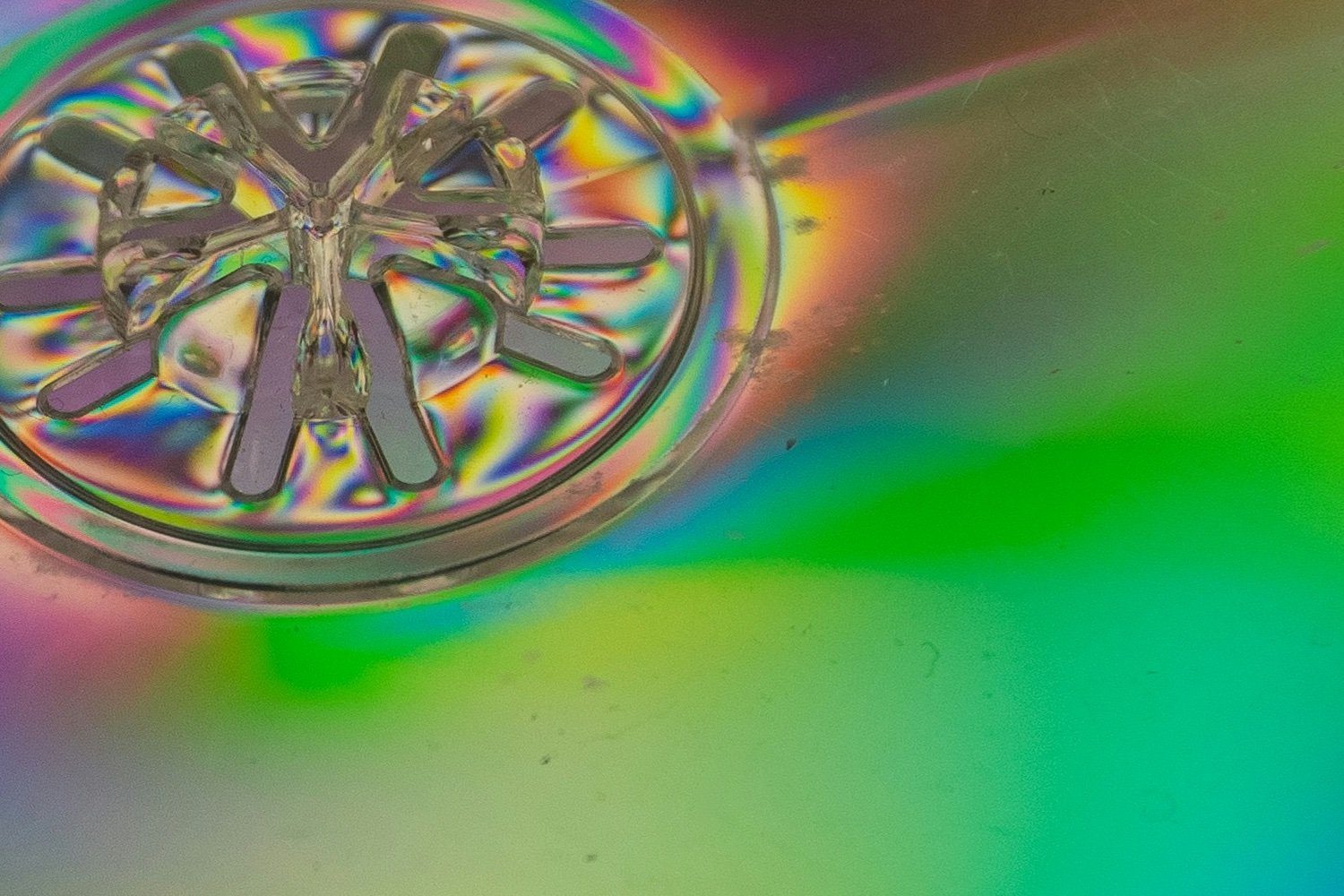Forget the CD and DVDs limited by the laser wavelength: a team of scientists from the University of Chicago has imagined a revolutionary storage device exploiting magnesium crystals (MGO) and narrow band transmitters. The latter, composed of rare elements, produce specific wavelengths, making it possible to store much more information in a reduced space.
1,000 times denser
This new system is based on a fascinating phenomenon: “quantum defects” in the crystalline structure of materials. These small imperfections, which contain unrelated electrons, absorb and store the light energy emitted by rare neighboring elements. This interaction between light and matter on the nanometric scale opens up new perspectives for optical devices.
Professor Giulia Galli, co-author of the study published in Physical Review Researchexplain : ” We have modeled the way in which energy moves between transmitters and defects on an extremely reduced scale. This discovery could be the basis of incredibly effective optical storage. »
Currently, photons used in optical lasers measure between 500 nanometers and 1 micrometer. The photons produced by narrow band transmitters are much smaller. Result: a storage space up to 1,000 times denser than with current technologies.
For this idea to become reality, several technical challenges remain to be met. For example, researchers still have to determine how long quantum defects can keep absorbed energy and how to effectively extract stored data. “” Understanding this energy transfer is a first big step, but we still have to answer fundamental questions to transform this concept into practical technology “, Specifies Swarnabha Chattaraj, researcher at the Argonne laboratory.
Another major obstacle is temperature. Most quantum technologies require environments close to absolute zero to avoid loss of information due to decoherence. Here, the objective is to operate this device at room temperature, a challenge to the essential resolution for its adoption.
If this technology is born, it could upset the sectors that require massive data storage, such as data centers, artificial intelligence or cinema. Imagine an optical disc in the size of a DVD capable of containing thousands of high definition films!
In the meantime, this advance testifies once again to the potential of quantum mechanics to push the limits of the possible. The researchers are still far from a marketable product, but their discovery lays down a new generation of storage devices.
🟣 To not miss any news on the Geek Journal, subscribe to Google News. And if you love us, .











